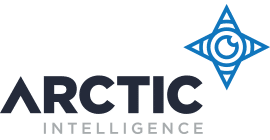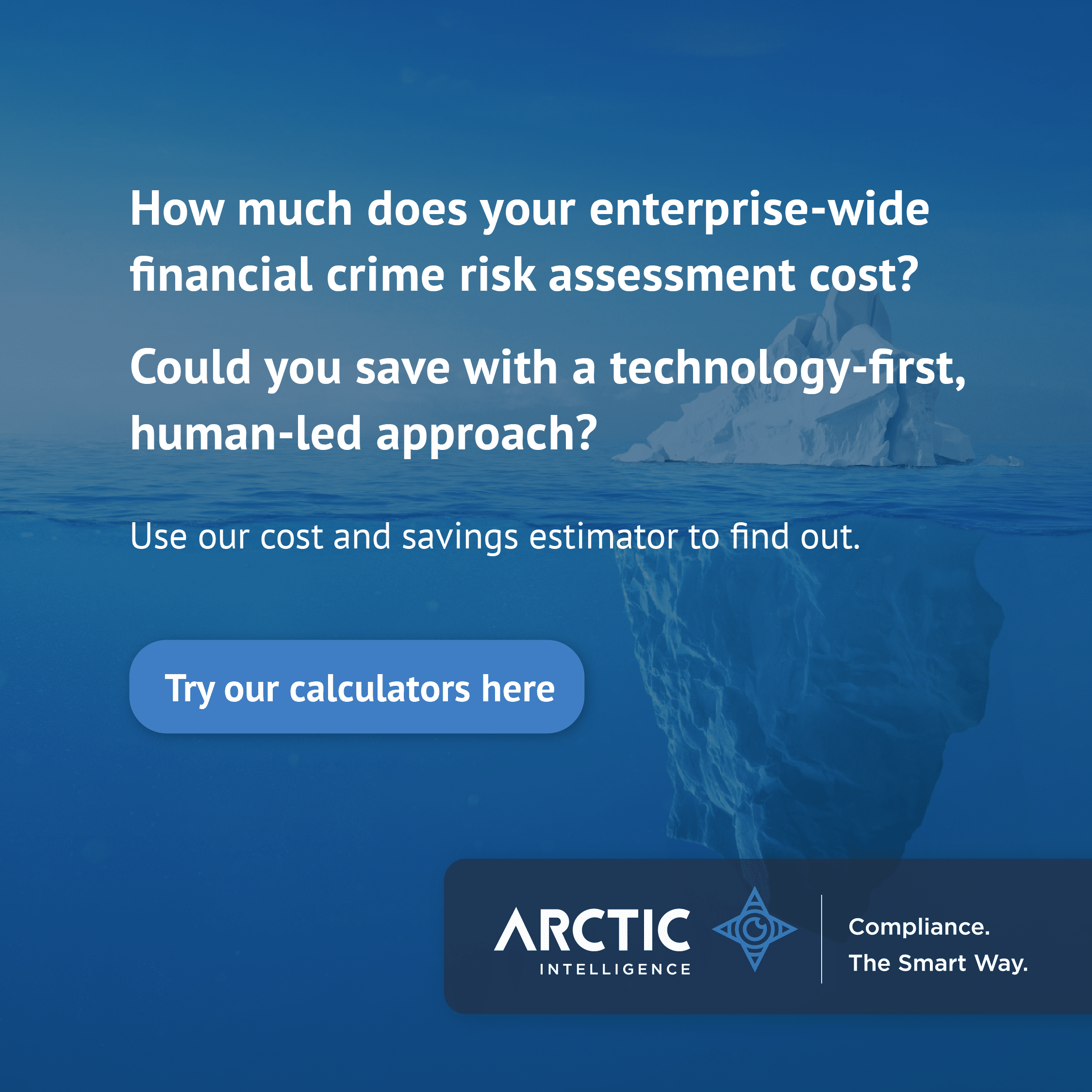Are you interested in digitising or automating your financial crime risk assessment?
We speak to a lot of risk and compliance professionals who are responsible for conducting their enterprise-wide financial crime risk assessments. The three most common challenges we hear are:
- How do I digitise my spreadsheet-based risk assessment into a platform?
- How do I make my risk assessment more objective and less subjective?
- How can I complete my risk assessment faster, as it’s currently taking us months to complete?
We have unpacked each of these three common challenges and explain how our solutions can solve them here.
Challenge 1 – How do I digitise my spreadsheet-based risk assessment into a platform?
It may seem like a huge undertaking to take a spreadsheet-based enterprise risk assessment – with different risk indicator questions, in-built formulas and calculations as well as primitive excel charts – and move to a digitised approach. Yet it might not be as difficult as you think.
At Arctic Intelligence, we help our clients to do this every day. We start with a discovery workshop with our team to walk through the existing methodology. We also review the numerous tabs within the risk assessment spreadsheet and discuss the approach to collecting, analysing and presenting the data.
Following that, our standard procedure usually involves the execution of a nondisclosure agreement (NDA) and a collaborative effort to dissect the current risk assessment spreadsheet. Prior to its integration into our platform, we undertake a process of converting essential risk attributes into our data model, which includes risk groups, risk categories, risk factors, and risk indicators. We also ensure that various answer sets and thresholds are harmonised and aligned for consistency.
Typically, at this point in the process, we also take the opportunity to explore our content modules. Frequently, clients recognise the potential to broaden their roster of risk elements within their assessment.
Digitising involves moving the enterprise-wide risk assessment from a spreadsheet-based approach to a platform-based approach which delivers cost and time savings. In addition, digitising provides a more reliable, explainable and defendable risk assessment with full audit trail, workflow, dashboards and reports.
Challenge 2 – How do I make my risk assessment more objective and less subjective?
The next challenge that we often hear is how to move towards a less subjective, opinion-driven approach to risk assessment to a more objective, fact-based and data-driven approach. The latter can create its own set of challenges. The first of which is, what are the risk factors and indicators that I really need in the assessment? And, where and how can I obtain the data from my business and make this available to ingest into the risk assessment? Sourcing data, particularly data that is accurate, reliable and current, is a very common challenge – and one that must be solved by you. However, we can help guide your decisions about what data you need and once you’ve sourced it, ingest it into the platform.
Challenge 3 – How can I complete my risk assessment faster, as it’s currently taking us months?
Organisations encounter another significant challenge in their operations. This challenge arises from their reliance on spreadsheets, which results in a prolonged deployment period ranging from 3 to 12 months. During this time, the organisation must collect and analyse data and subsequently present it in a coherent and meaningful manner.
By digitising the methodology, risk models, and control libraries, an alternative approach becomes possible. This approach involves creating a “linked data set” that effectively mirrors the published risk model. Data can be seamlessly integrated into the platform by pushing it into the risk assessment using either an API or a file upload method. This digitisation process streamlines and expedites the entire data collection and analysis cycle.
This results in a significant reduction in the time required to conduct risk assessments, as illustrated below:
We’ll support you on your digitisation and automation journey
At Arctic Intelligence, we’ve helped hundreds of companies digitise and automate their enterprise-wide financial crime risk assessments. If you’re starting to consider transforming your approach, we’d love to share how our multi-award-winning Risk Assessment Platform could help you on this journey.
A suite of risk and control content modules has been meticulously crafted by our team of subject matter experts. These modules encompass a wide spectrum of both financial and non-financial crime risks, encompassing areas such as AML/CTF, Sanctions, Bribery and Corruption, Fraud, Modern Slavery, Correspondent Banking, Wildlife Trafficking, as well as Enterprise Risk Management in its various dimensions, including Strategic, Operational, Financial, and Regulatory aspects. [Hyperlink to the Risk Areas].
About our Risk Assessment Platform
Arctic’s Risk Assessment Platform is designed for larger companies. It assists them in conducting risk assessments for financial crime and other risk domains. The platform is highly configurable, allowing organisations to tailor it to their specific risk assessment methodology. They can also customise it to include risk and control libraries that are relevant to their business. In addition, it enables the execution of these assessments across multiple countries, operating groups, or business units. The platform generates real-time aggregated dashboards and reports to provide valuable insights.
Unlock the future of efficiency with our exclusive, no-cost 45-minute discovery session. This personalised consultation is designed to delve into your current strategies, allowing us to provide expert recommendations on how we can empower you to improve your risk assessment processes through Arctic Intelligence’s cutting-edge digitisation and automation solutions.
SIGN UP FOR A DISCOVERY SESSION HERE



